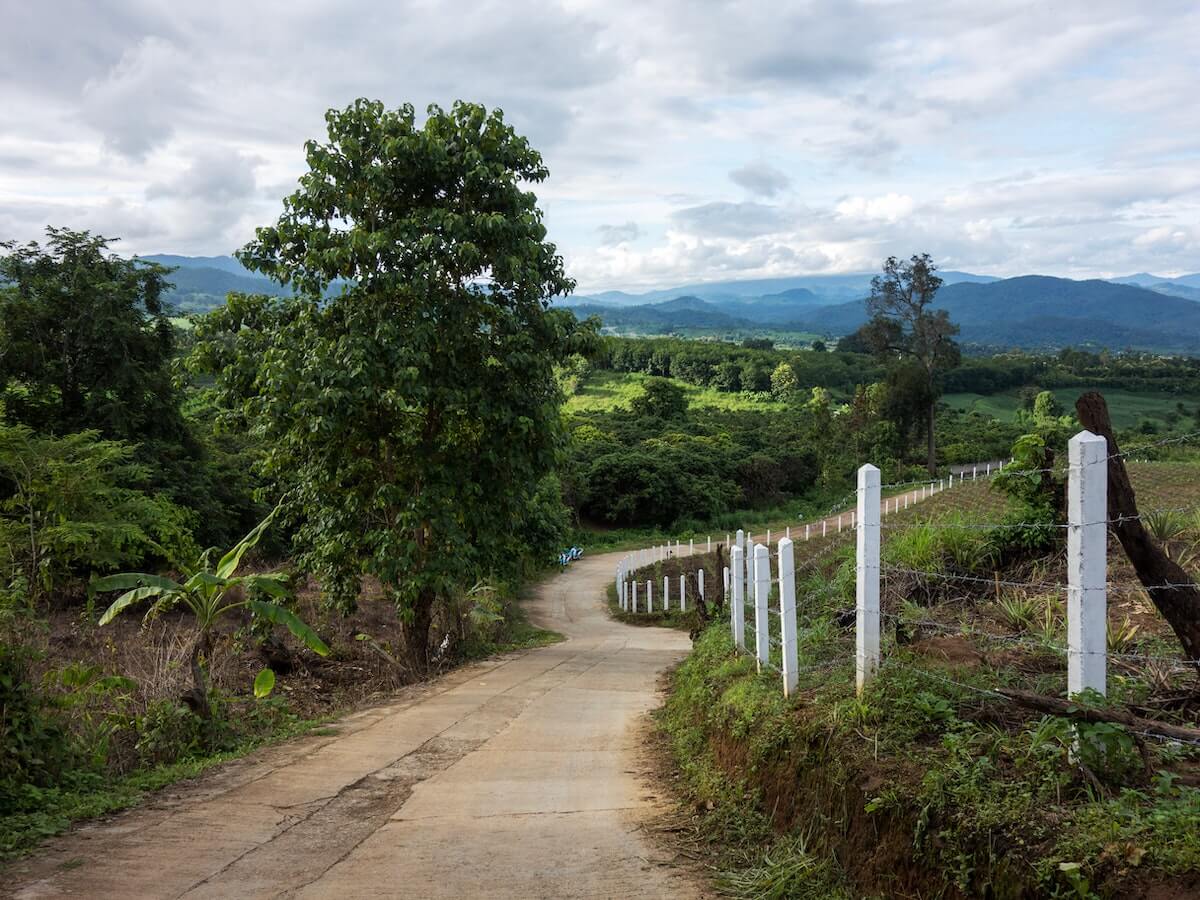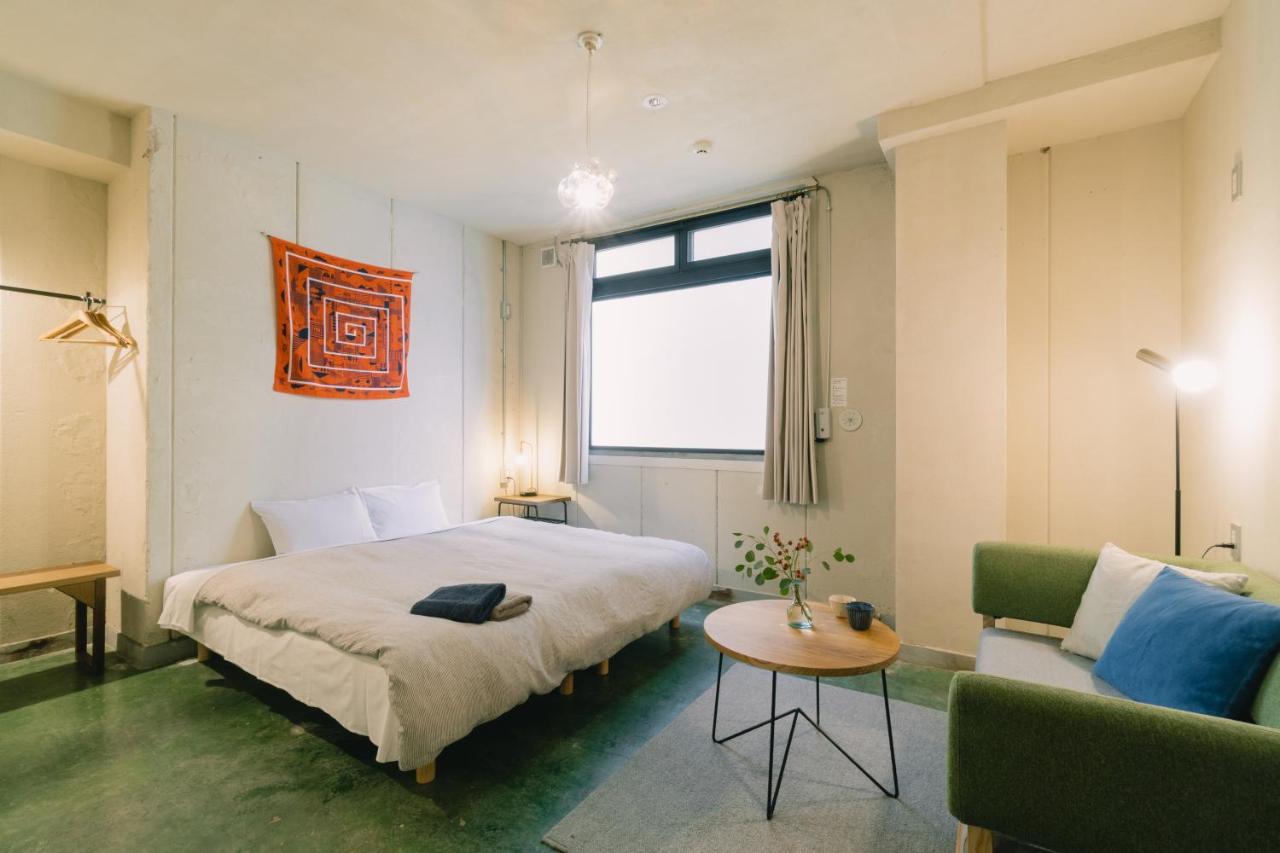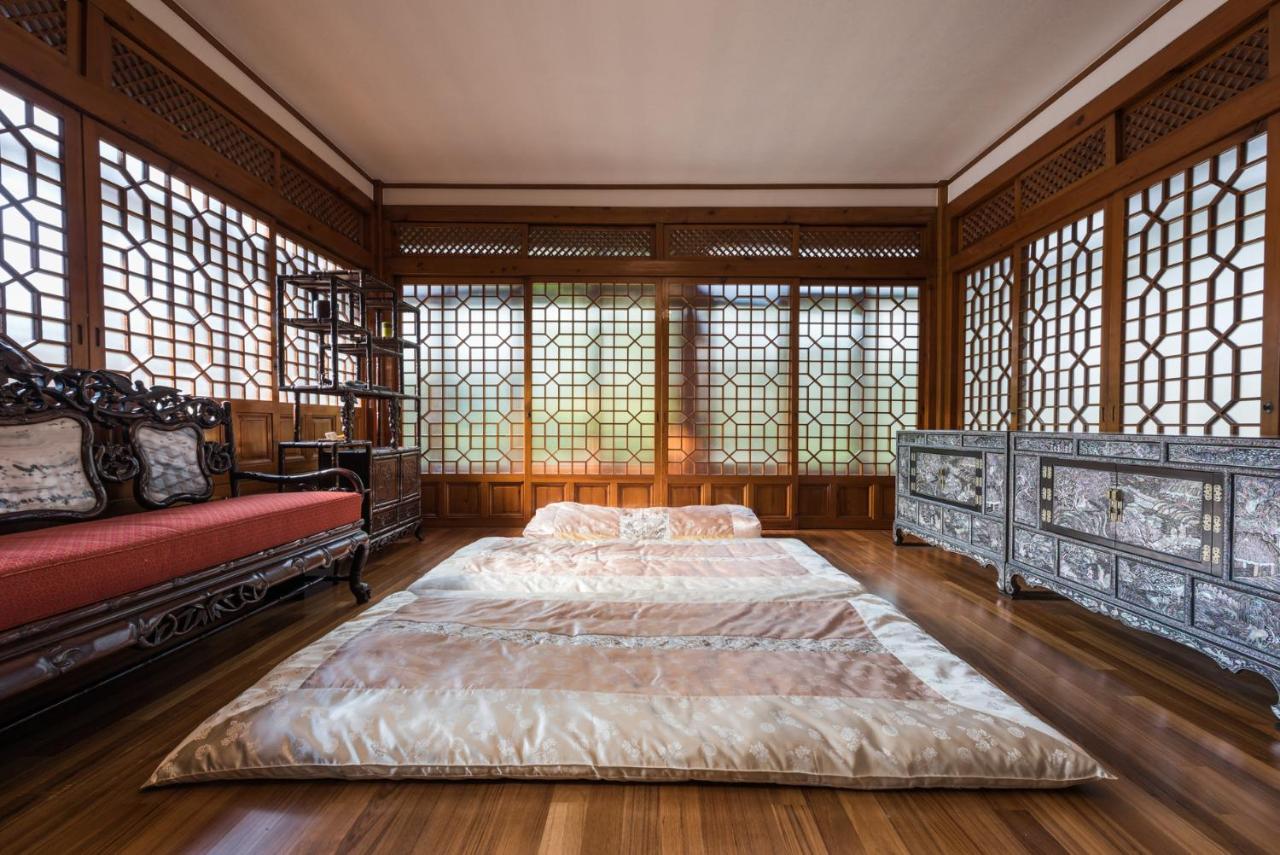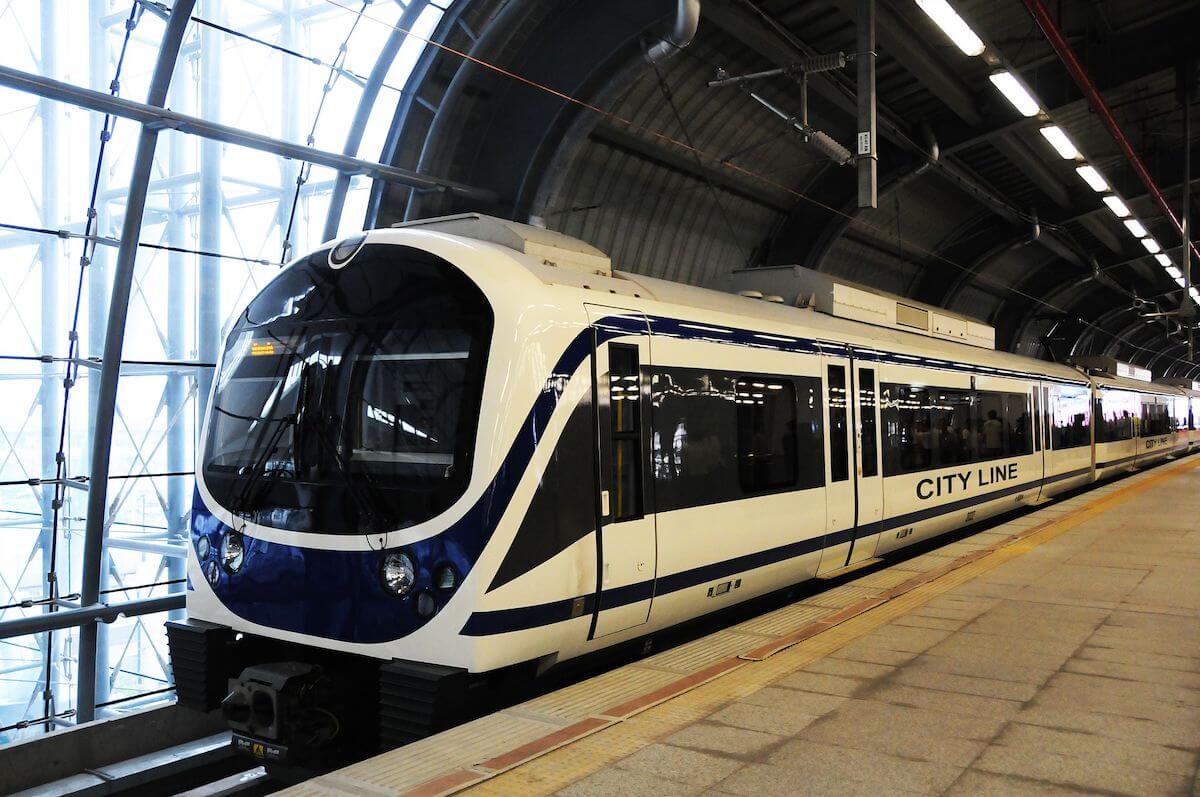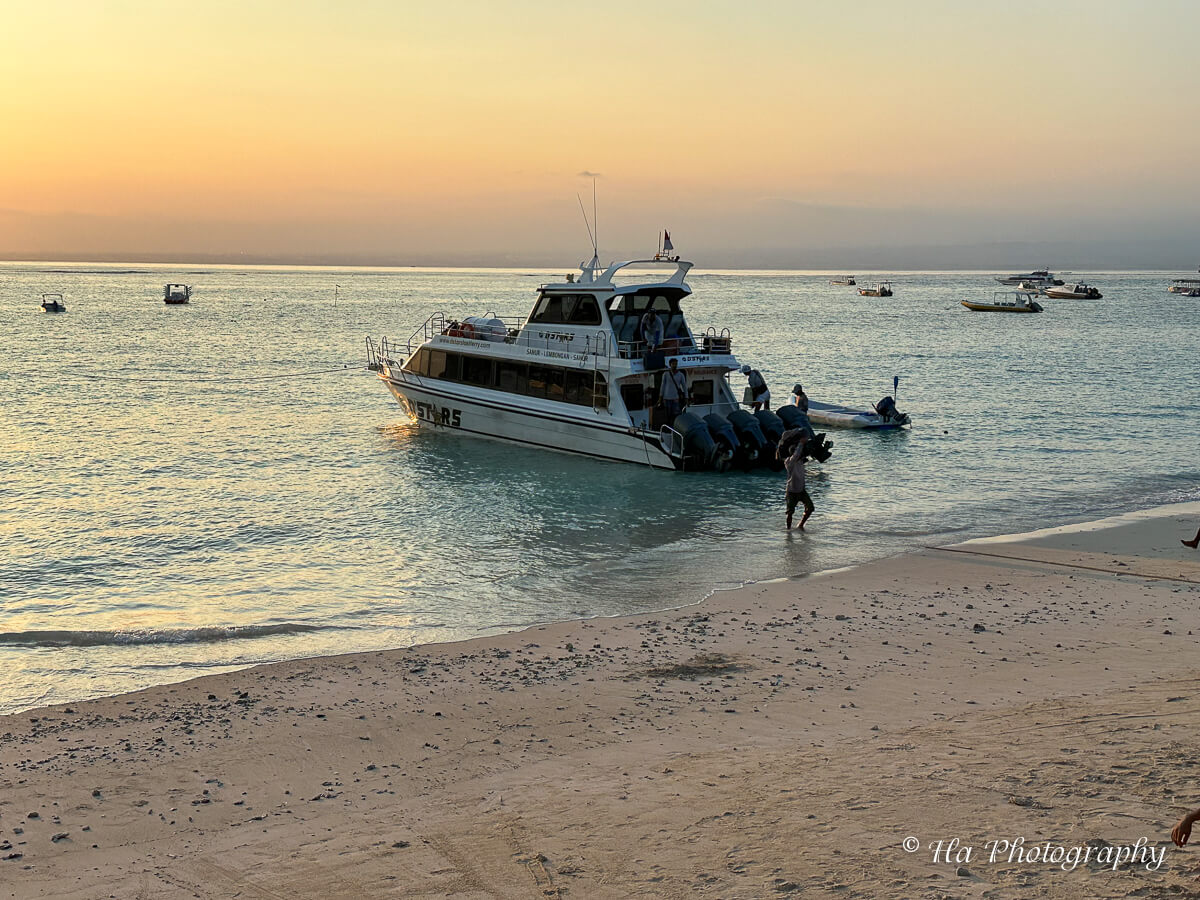Hallim Park Jeju Island: Essential Guide
Planning a visit to Hallim Park in Jeju? Find out everything you need to know before you go, from must-see spots to practical travel tips!
Hallim Park is a must-visit destination for anyone looking to experience the best of Jeju’s unique charm.
From its stunning caves and tranquil gardens to its rich cultural heritage and seasonal festivals, Hallim Park offers something for every traveler.
In this travel guide, I’ll walk you through everything you need to know to make the most of your visit to Hallim Park.
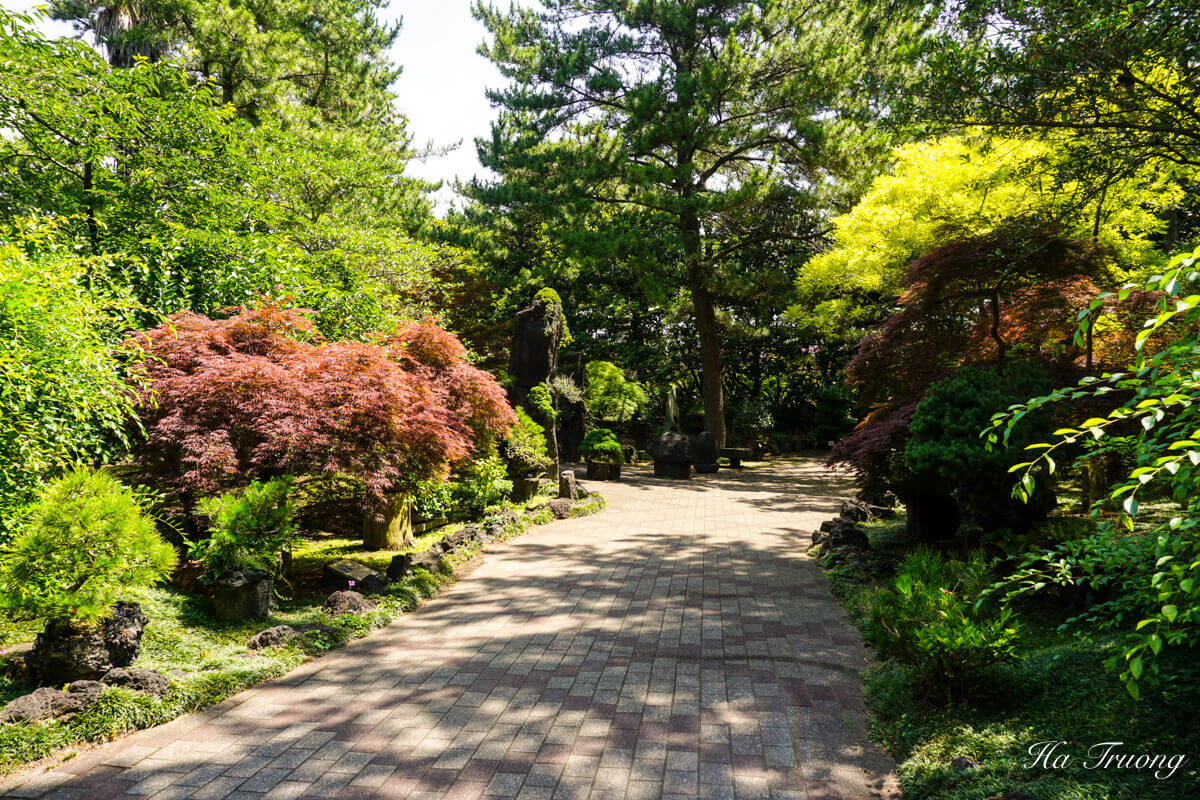
What to know about Hallim Park
Hallim Park is an 80-acre wonderland of diverse ecosystems and rich cultural heritage. It’s no wonder over a million people visit every year!
Where is Hallim Park?
Nestled approximately 33 kilometers west of Jeju City, the park is a great day trip from Jeju. The exact address is 300 Hallim-ro, Hallim-eup, Jeju-si, Jeju-do.
Hallim Park ticket prices
As for the ticket prices, they’re pretty reasonable and vary by age.
- 3 – 12 years old: 7000 Won
- 12 – 18 years old: 8000 Won
- 19+ years old: 12,000 Won
- Senior 65+ years old: 10,000 Won
When visiting this park, you can rent a stroller (1000 Won) and locker (1000 Won). If you need wheelchairs, you can ask the staff for free.
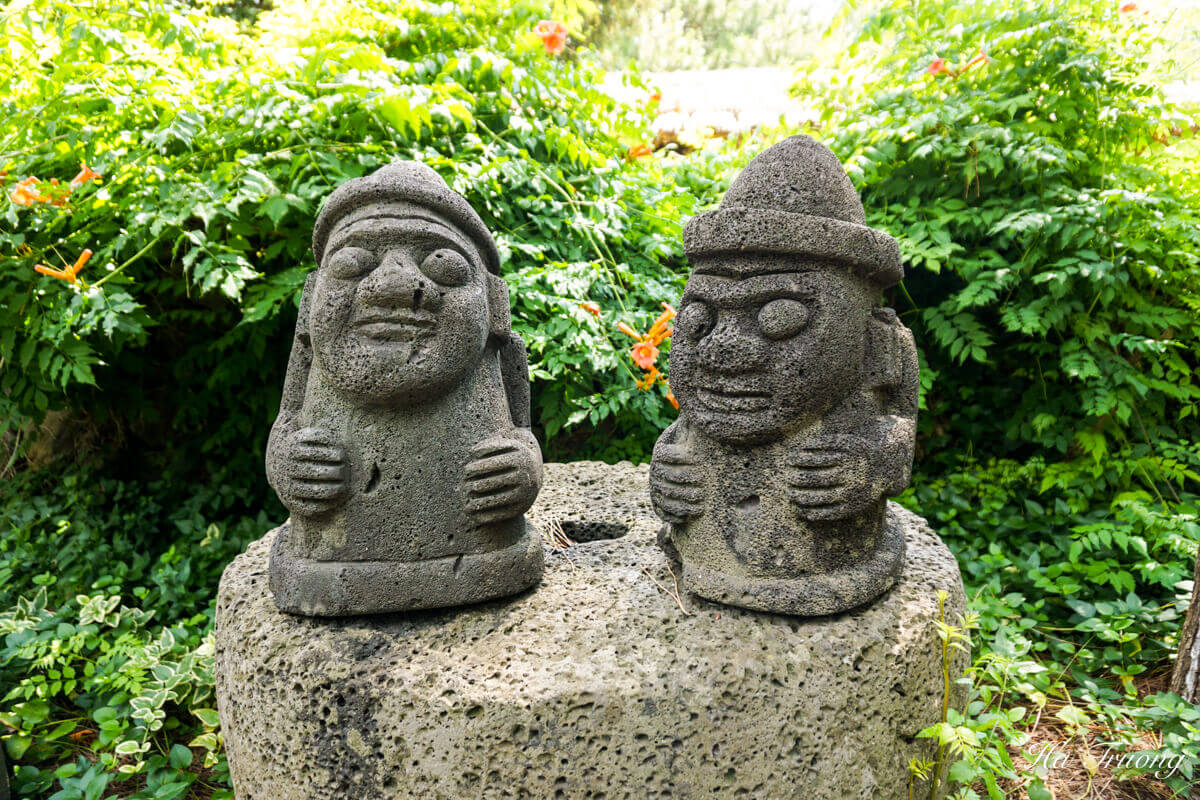
Hallim Park’s opening hours
Hallim Park is open year-round, adapting its schedule to the seasons, which is super convenient.
- From March to September, Hallim Park opens from 8:30 am to 7 pm.
- From October to February, it closes early at 6 pm.
Hallim park map
Below is the map of Hallim Park.

Where to stay near Hallim Park
Whether you’re looking for a cozy guesthouse or a luxurious resort, you’ll find plenty of options on Jeju Island. Below I list the best places to stay near Hallim Park.
Luxury Accommodations
- Bluespring Boutique Hotel: If you want to splurge a bit, Bluespring Boutique Hotel is a fantastic choice. The rooms are spacious with stunning views, and you’ll have access to a spa and fitness center.
- Aguila Hotel Jeju Oceano Suite: Located near Hyeopjae Beach, this hotel features an infinity pool and a rooftop terrace with breathtaking ocean views.
- Eco Green Resort: This resort is a great choice for families and eco-conscious travelers.
Mid-Range Accommodations
- Raon Hotel & Resort: Just a short drive from Hallim Park, Raon Hotel & Resort has spacious rooms, a pool, and a golf course.
- Aimi Jeju Beach Hotel: Located close to Geumneung Beach, this hotel offers modern rooms and convenient access to both the beach and Hallim Park. It’s an excellent mid-range option for beach lovers.
Budget Accommodations
- Hyeopjae Guesthouse: Just a short walk from Hyeopjae Beach, this guesthouse provides a cozy and budget-friendly stay. The friendly atmosphere and proximity to both the beach and Hallim Park make it a great choice for budget travelers.
- Bed Radio Dongmoon: Located in Jeju City, this guesthouse offers affordable accommodations with a friendly vibe. Guests love their communal kitchen and rooftop terrace. It’s right near Black Pork Street, so you can easily enjoy local food.
How to get to Hallim Park
By tour
For a stress-free visit, you might consider joining a Western Jeju Island Tour, which includes Hallim Park in its itinerary.
This was my choice during my first trip to the park, and it couldn’t have been easier. The tour bus picked me up right outside my guesthouse around 8:30 am, and we returned by 6 pm.
The guide was incredibly knowledgeable and friendly, making the experience even more enjoyable.

By car
If you prefer more freedom to explore at your own pace, renting a car is a great option. The drive from Jeju City along Ilju-Doro is scenic and takes about 50 minutes.
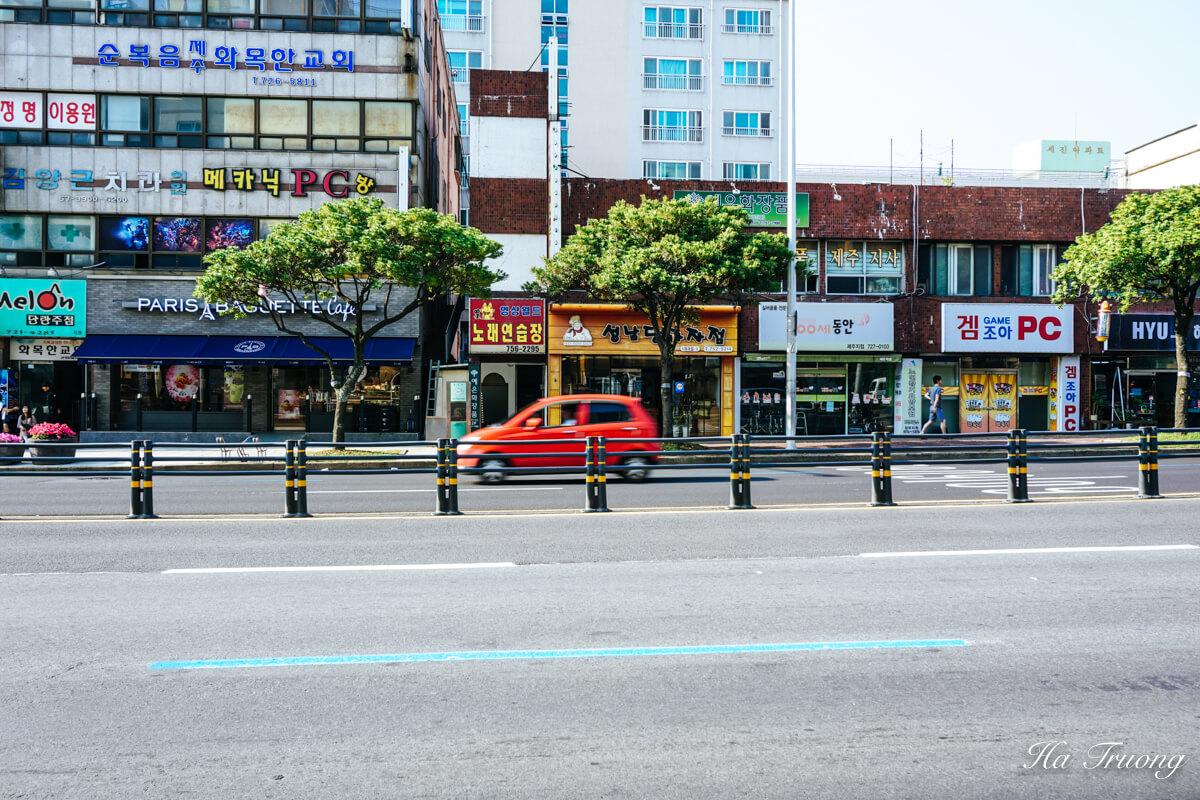
By public transport
Alternatively, for those on a budget, you can also take Jeju’s public transportation.
From Jeju International Airport, take the 102 express bus to Hallim transfer station, then switch to the 202 blue bus to Hallim Park. The entire journey takes around 90 minutes.
Best time to visit Hallim Park
The best time to visit Hallim Park largely depends on your preferences for weather and activities.
Spring (March to May) is gorgeous, with the Cherry Blossom Festival in April painting the park in stunning shades of pink and white.
Summer (June to August) brings lush greenery and vibrant hydrangea blooms, but be prepared for hotter weather.
Autumn (September to November) offers mild temperatures and the gorgeous hues of the Chrysanthemum Festival in November.
Winter (December to February) is quieter and cooler, perfect for a serene visit and the Camellia Festival in December.

How much time to spend at Hallim Park
A visit to Hallim Park is more than just a walk in the park.
On average, you should plan to spend about 2 to 3 hours in Hallim Park to fully enjoy its attractions. This timeframe allows you to leisurely explore the caves, botanical gardens, and the folk village without feeling rushed.

Things to see in Hallim Park
With many attractions to explore, every visit to Hallim Park is fascinating.
1. Hallim park caves
Hallim Park is home to two fascinating caves: Hyeopjaegul and Ssangyonggul, both formed by volcanic activity.
They are part of a 17km-long lava-tube system. The temperature in both caves stays a cool 17-18°C all year, so they’re a perfect spot to cool down in summer or warm up in winter.
Hyeopjaegul Cave
This cave was created by a volcanic eruption from Hallasan Mountain about 25 million years ago. It’s about 200 meters long, 10 meters wide, and 5 meters high.
What’s fascinating about Hyeopjaegul is its blend of lava and limestone cave features. Inside, you’ll see stunning lava formations like stalactites and stalagmites, and the walls are covered in lime, which looks like natural abstract art.
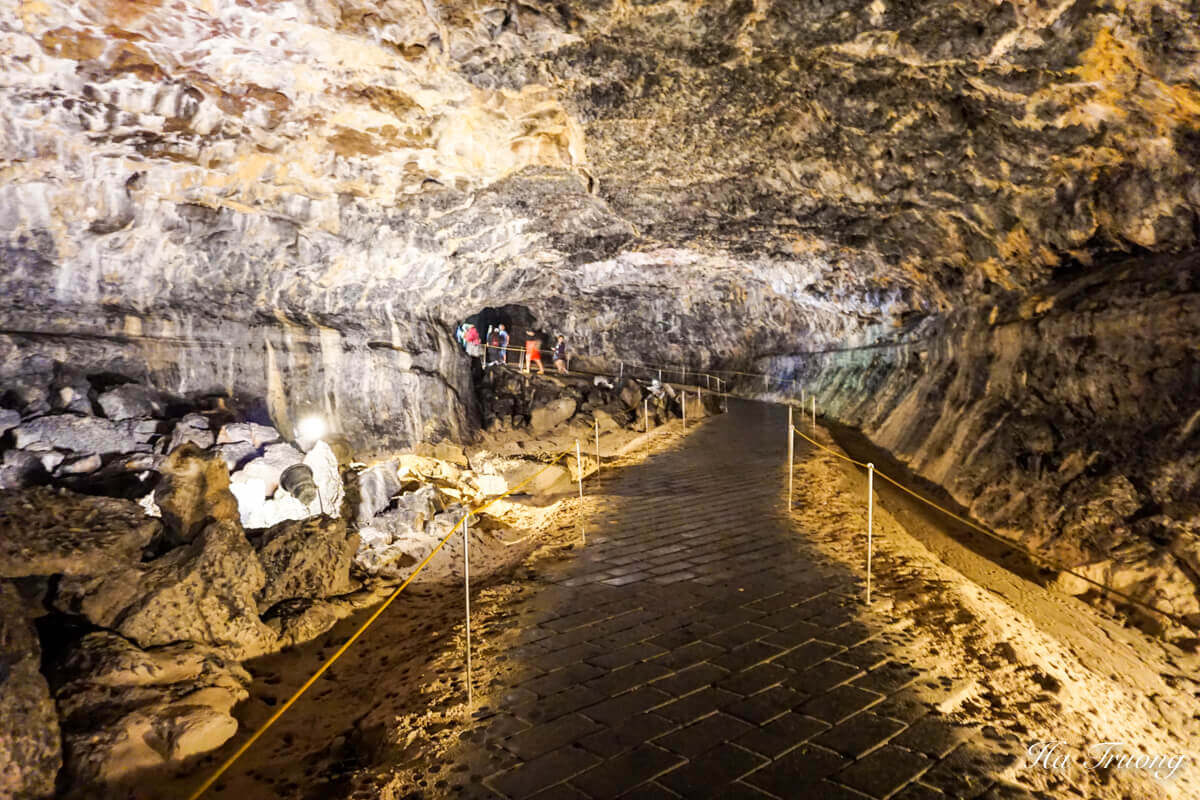
Ssangyonggul Cave
Right next to Hyeopjaegul is Ssangyonggul Cave, named “Two Dragons” because of its two branching paths that look like dragon trails.
This cave is about 400 meters long, 6 meters wide, and 3 meters high. It has mix of lava tube and limestone cave characteristics. The surrounding area is filled with seashells and sand, adding to its unique charm.

2. Jeju Stone & Bonsai Garden
The Jeju Stone and Bonsai Garden is one of my favorite spots in Hallim Park.
This garden features a stunning collection of bonsai trees of various shapes and sizes, beautifully displayed among large volcanic stones from Jeju.

3. Jae-Am Folk Village
For a taste of traditional Jeju life, visit the Jae-Am Folk Village. Here, you can explore well-preserved old Jeju houses, enjoy local cuisine at the on-site restaurant, and pick up some unique souvenirs.

You can also see the tallest Stone Grandfather statue, called Dolharubang.

4. Bird garden
The Bird Garden is a fun spot, especially if you love birds. You can see elegant peacocks and huge ostriches wandering around.

5. Seasonal Flower Gardens & Festivals
Depending on when you visit, you can enjoy different seasonal flower gardens in Hallim Park.
In spring, the Tulip Garden is a colorful spectacle, and in summer, you’ll find lush Hydrangea displays. Each season brings a new shade, so every visit is unique.
- January – Daffodil and Narcissus Festival
- February – Plum Flower Festival
- March – Cherry Blossom Festival
- April – Tulip Festival
- May – Bougainvillea and Wild Flower Festival
- June – Hydrangea Festival
- July~August – Lotus Festival
- September – Lily Festival
- October – Cosmos and Pink Muhly Festival
- November – Chrysanthemum Festival
6. Palm Tree Avenue
This pathway is lined with tall palm trees, providing a picturesque and shady route through the park. It’s a great place to take some photos and enjoy a leisurely stroll.

7. Waterfall and Lotus Pond
Near the end of your visit, make sure to check out the small but charming waterfall and the adjacent lotus pond. Perfect for unwinding after a day of exploration!
What to wear to Hallim Park
Here’s a simple guide based on my visits:
- Spring and Fall: Wear layers, as the weather can vary. A light jacket or sweater over a T-shirt usually works well. Comfortable pants and good walking shoes are a must.
- Summer: Opt for lightweight, breathable clothing to stay cool. Shorts, t-shirts, and a hat are essential, along with sunglasses and sunscreen to protect from the sun.
- Winter: Bundle up with a warm coat, hat, gloves, and a scarf. The caves stay cooler year-round, so dressing in layers will keep you comfortable.
What to Pack for Hallim Park
When visiting Hallim Park, it’s essential to pack for comfort and convenience. Here are some items I recommend:
- Light Jacket or Sweater: Even in warmer months, the caves can be cool, so it’s good to have an extra layer.
- Water Bottle
- Sun Protection: Bring a hat, sunglasses, and sunscreen to protect yourself from the sun.
- Camera: There are countless photo opportunities throughout the park.
- Snacks: While there are places to eat in the park, having a few snacks can be handy if you get hungry while exploring.
- Small Backpack
- Umbrella or Raincoat: Just in case of rain, it’s good to be prepared.
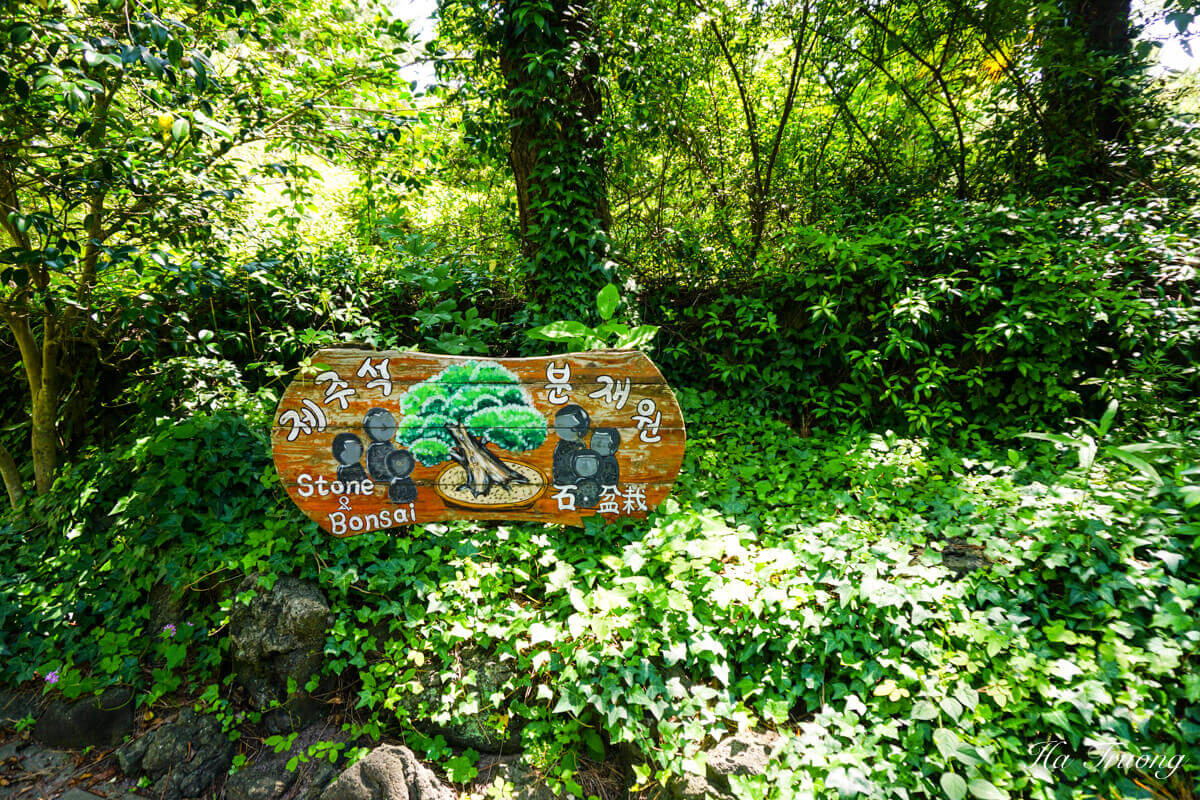
Food & Drink
Hallim Park has some dining options where you can sample local Jeju cuisine:
- Dolharubang Restaurant: Located in the Jae-Am Folk Village, this restaurant serves traditional Korean food. The Jeju black pork BBQ here is a must-try for meat lovers.
- Herb Cafe: If you’re looking for a lighter option or just a place to relax, the Herb Cafe offers teas, coffees, and light snacks with a view of the park’s beautiful gardens
Attractions near Hallim Park
There are plenty of tourist attractions near Hallim Park that you can visit to make the most of your trip to Jeju:
- Hyeopjae Beach: Just a short walk from Hallim Park, this stunning beach features clear turquoise waters and white sand. It’s a perfect spot for a relaxing afternoon or a quick dip in the ocean.
- O’sulloc Tea Museum: You can explore the beautiful tea fields and enjoy various tea-based drinks and desserts at the museum’s cafe.
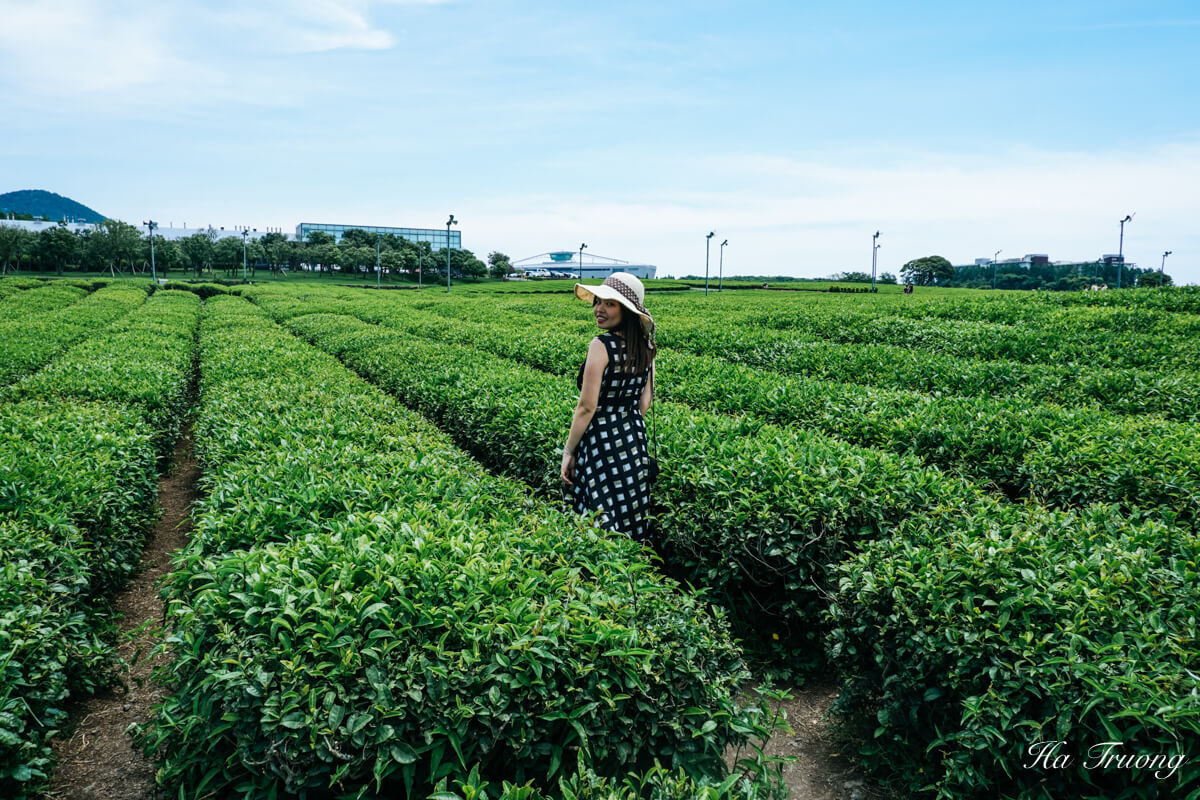
Final Thoughts
Hallim Park is a gem on Jeju Island, offering a perfect blend of natural beauty and cultural experiences.
Whether you’re exploring the fascinating caves, wandering through the serene gardens, or enjoying the local cuisine, there’s no shortage of things to see and do.
I hope this guide has inspired you to add Hallim Park to your travel itinerary. For more tips and insights on exploring Jeju Island, don’t forget to check out my other blog posts.
